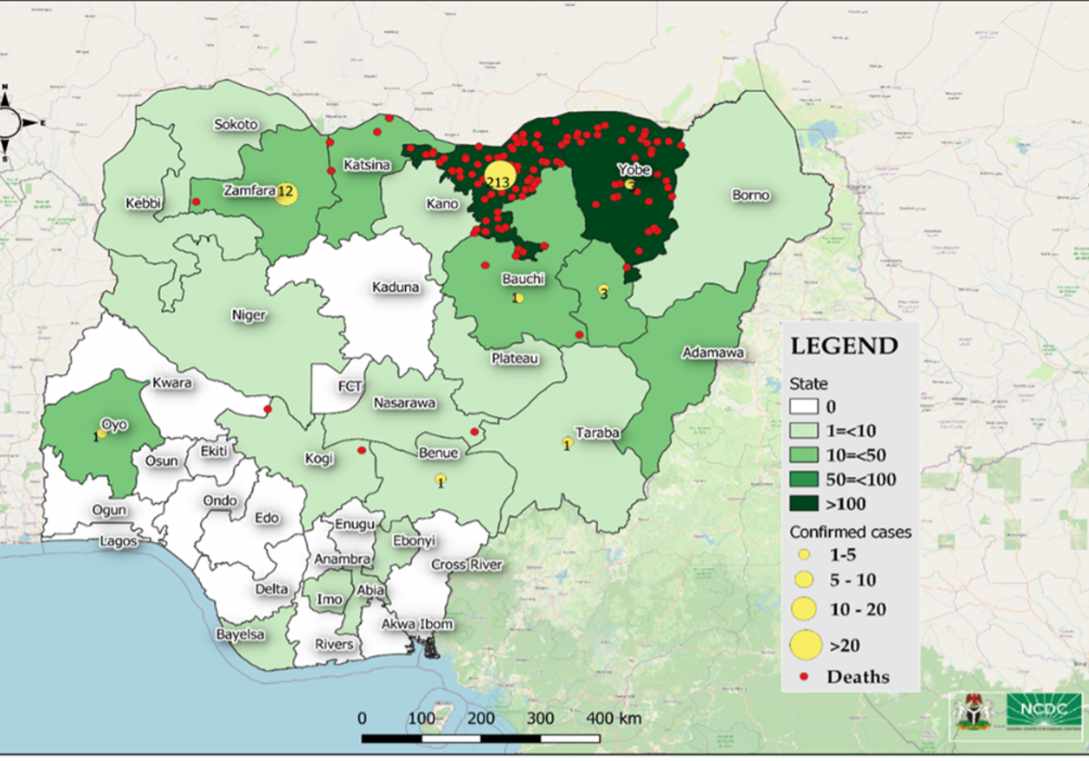What is meningitis
What isMeningitis

Meningitis is a serious infection that causes inflammation of the meninges, the membranes that surround and protect the brain and spinal cord.
Meningitis can kill. And it can affect anyone of any age.
In as short as a 6-month period (between 1 October 2022 and 16 April 2023), Nigeria reported a total of 1686 suspected cases of meningitis, including 124 deaths.
The meningitis belt of sub-Saharan Africa
Causes of meningitis
Meningitis is most commonly caused by viruses or bacteria. But the highest global burden is seen with bacterial meningitis.
Neisseria meningitidis (meningococcus), Streptococcus pneumoniae (pneumococcus), Haemophilus influenzae and Streptococcus agalactiae (group B streptococcus) are the main culprits.
The bacteria that can cause meningitis commonly live in the back of the nose or throat. The bacteria are passed from person to person by coughing, sneezing and kissing.
The viruses that can cause meningitis can be passed from person to person by coughing, sneezing and on unwashed hands. Practicing good hygiene, such as washing hands after going to the toilet, will help to prevent the spread of some viruses.

